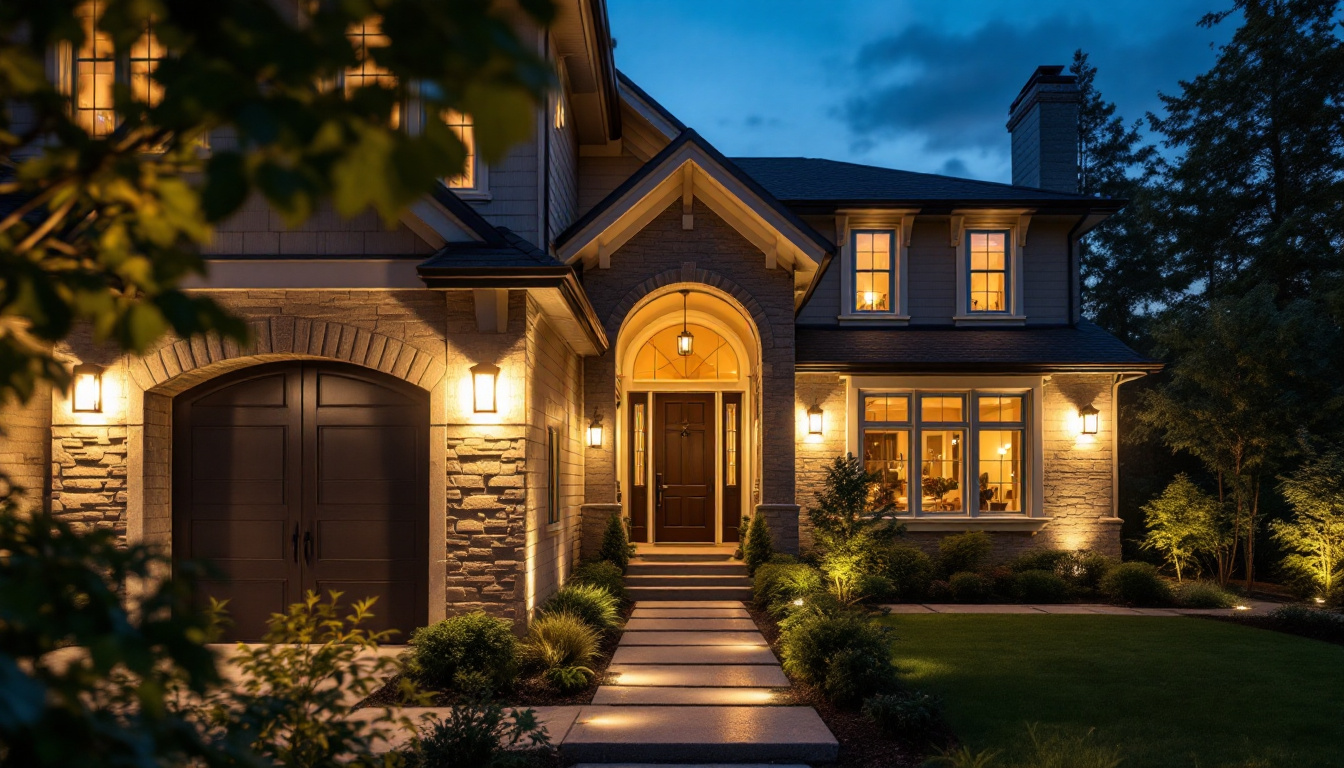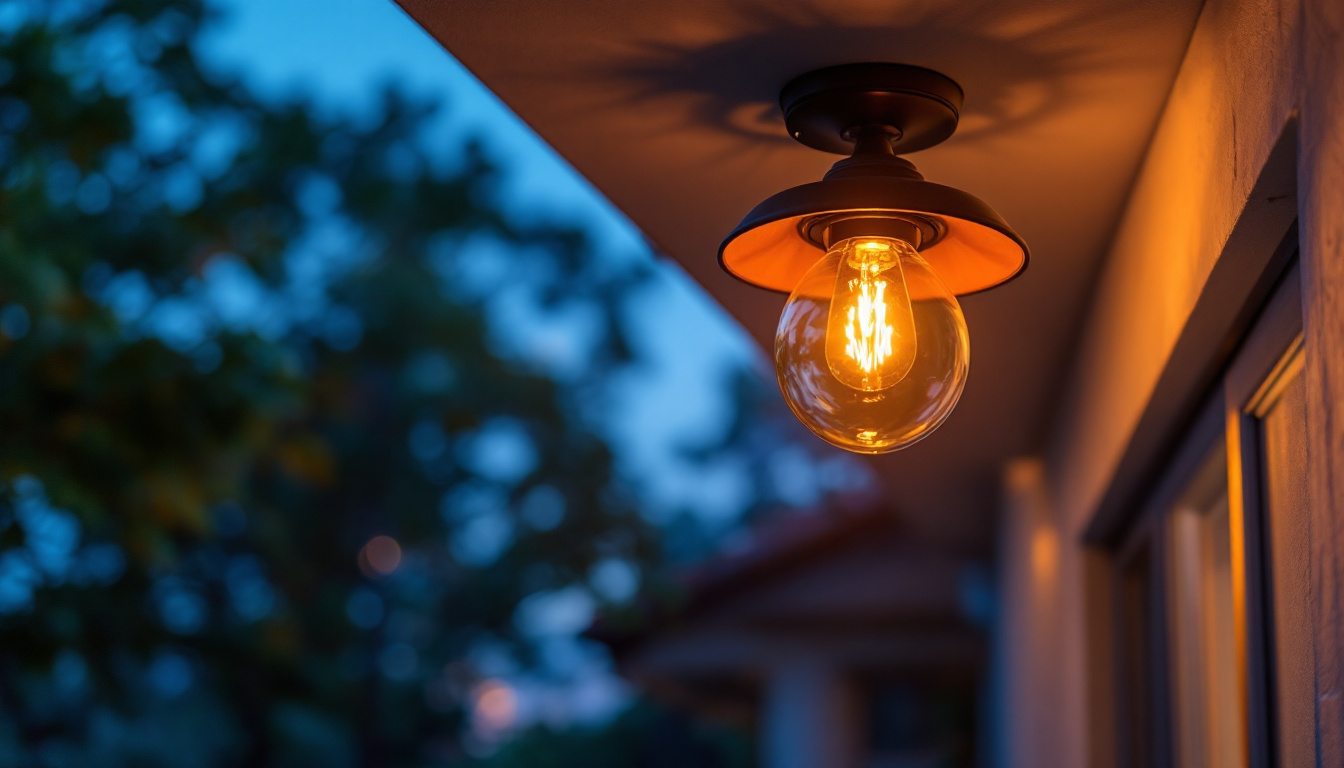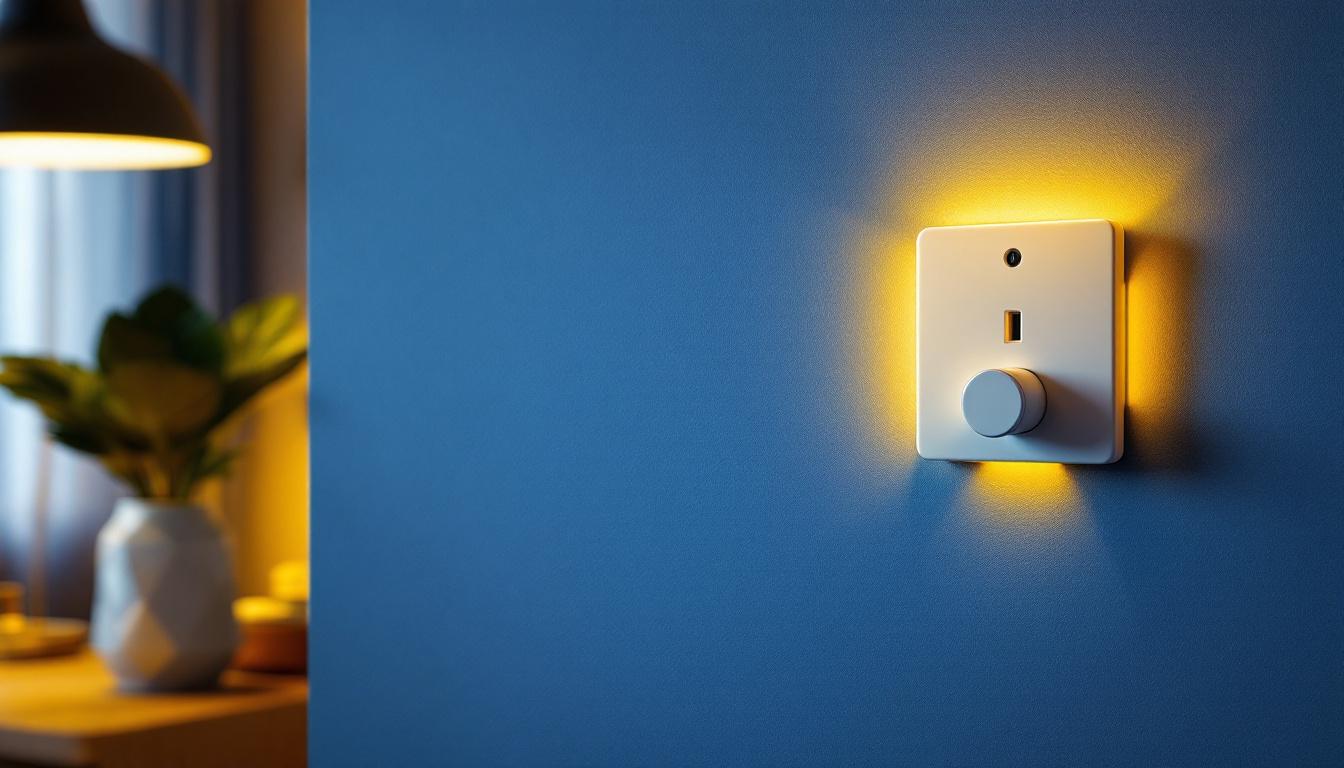
outdoor lighting is an essential aspect of residential design, enhancing both the aesthetic appeal and security of a home. For lighting contractors, understanding the nuances of outdoor lighting can streamline the installation process, improve client satisfaction, and ultimately lead to increased business opportunities. This article delves into the various elements of outdoor lighting, offering insights and practical advice tailored specifically for lighting contractors.
Outdoor lighting can be categorized into several types, each serving distinct purposes. Familiarity with these categories allows lighting contractors to recommend appropriate solutions tailored to clients’ needs.
Pathway and walkway lights are crucial for ensuring safe navigation around a property. These fixtures illuminate paths, driveways, and entryways, reducing the risk of accidents during nighttime. They come in various styles, including bollard lights, post lights, and in-ground fixtures.
When selecting pathway lighting, consider the height and brightness of the fixtures. A well-lit path not only enhances safety but also adds to the property’s curb appeal. Additionally, energy-efficient LED options are increasingly popular due to their longevity and lower energy consumption. Incorporating solar-powered lights can also be a sustainable choice, as they harness sunlight during the day to illuminate pathways at night, reducing reliance on electrical sources and minimizing energy costs.
Accent lighting serves to highlight specific architectural features, landscaping, or outdoor artwork. This type of lighting can create a dramatic effect, enhancing the visual interest of a home. Common fixtures include spotlights, floodlights, and well lights.
When advising clients on accent lighting, it’s important to consider the placement and angle of the fixtures. Proper positioning can create shadows and highlights that add depth and texture to the outdoor space. Additionally, using dimmable options can provide flexibility for different occasions. For instance, homeowners may want brighter lights for gatherings and softer illumination for intimate evenings. Furthermore, colored LED lights can be utilized to create seasonal themes or festive atmospheres, allowing homeowners to express their creativity and personalize their outdoor settings.
security lighting is a critical component of outdoor lighting systems, providing safety and peace of mind for homeowners. Motion sensor lights, floodlights, and wall-mounted fixtures are commonly used to deter intruders and illuminate dark areas around the property.
When installing security lighting, contractors should emphasize the importance of strategic placement. Lights should cover entry points, driveways, and dark corners without creating harsh glare. Integrating smart technology can also enhance security, allowing homeowners to control lighting remotely. Smart security lights can be programmed to turn on at specific times or activated by motion, providing an additional layer of protection. Moreover, some systems can send alerts to homeowners’ smartphones, ensuring they remain informed about any unusual activity around their property, even when they are away. This combination of technology and thoughtful design not only enhances security but also contributes to the overall functionality of outdoor spaces.
With numerous outdoor lighting fixtures available, selecting the right ones can be overwhelming. Factors such as style, material, and energy efficiency play a significant role in the decision-making process.
Outdoor lighting fixtures are typically made from various materials, including metal, plastic, and glass. Each material has its advantages and disadvantages. For example, metal fixtures are durable and resistant to weather elements but may require periodic maintenance to prevent rust. On the other hand, plastic fixtures are lightweight and resistant to corrosion but may not have the same aesthetic appeal.
Contractors should guide clients in selecting materials that align with their design vision and maintenance preferences. Additionally, considering the local climate can influence the choice of materials, ensuring longevity and performance.
The style of outdoor lighting fixtures should complement the overall architecture of the home. From modern to traditional designs, there is a wide range of options available. Contractors should encourage clients to consider their home’s style when selecting fixtures to ensure a cohesive look.
Furthermore, the finish of the fixtures, such as matte black, brushed nickel, or bronze, can significantly impact the visual appeal. Offering a selection of styles can help clients make informed decisions that enhance their home’s exterior.
In today’s environmentally conscious market, energy efficiency is a priority for many homeowners. LED lighting has become the go-to option for outdoor lighting due to its low energy consumption and long lifespan. Contractors should educate clients about the benefits of LED technology, including cost savings on energy bills and reduced maintenance.
Additionally, incorporating solar-powered lights can be an attractive option for clients looking to minimize their environmental footprint. While solar lights may have limitations in terms of brightness and placement, they offer a sustainable alternative for specific applications.
Effective planning and design are crucial for successful outdoor lighting installations. A well-thought-out lighting plan enhances functionality, safety, and aesthetics.
Before installation, conducting a thorough site assessment is essential. This involves evaluating the property’s layout, existing structures, and landscaping features. Understanding the client’s needs and preferences during this assessment can lead to a more tailored lighting design.
During the assessment, contractors should take note of potential obstacles, such as trees or buildings that may obstruct light. Identifying these factors early on can prevent issues during installation and ensure optimal lighting performance.
A comprehensive lighting plan serves as a blueprint for the installation process. This plan should detail the types of fixtures to be used, their locations, and the desired brightness levels. Collaborating with clients to finalize the plan ensures that their expectations are met.
Moreover, utilizing design software can help visualize the lighting layout, making it easier for clients to understand the proposed design. This step can also help identify any potential adjustments before installation begins.
Smart technology is revolutionizing outdoor lighting, offering homeowners greater control and flexibility. Lighting contractors should consider integrating smart systems that allow clients to control their outdoor lighting through mobile apps or voice commands.
These systems can include features such as scheduling, dimming, and color-changing options, allowing homeowners to customize their outdoor lighting experience. Educating clients about the benefits of smart technology can enhance the appeal of the lighting installation.
Once the planning phase is complete, the installation process begins. Following best practices during installation can ensure a successful outcome and minimize potential issues.
Outdoor lighting installations often involve complex wiring systems. It is crucial to adhere to local electrical codes and safety standards to prevent hazards. Contractors should ensure that all wiring is buried at the appropriate depth and protected from moisture.
Using weather-resistant connectors and fixtures can further enhance the durability of the installation. Additionally, labeling circuits can simplify future maintenance and troubleshooting.
After installation, testing the lighting levels is essential. This step allows contractors to make necessary adjustments to ensure that the lighting is effective and meets the client’s expectations. It’s important to check for any dark spots or overly bright areas that may need modification.
Encouraging clients to test the lighting during different times of the evening can provide insights into how the fixtures perform in varying conditions. This feedback can guide any final adjustments needed for optimal performance.
Educating clients about the maintenance of their outdoor lighting system is vital for long-term satisfaction. Contractors should provide clear instructions on how to care for the fixtures, including cleaning and bulb replacement.
Additionally, discussing seasonal maintenance tasks, such as checking for damage after severe weather, can help clients keep their outdoor lighting in top condition. Offering ongoing support or maintenance services can also enhance client relationships and lead to repeat business.
Despite careful planning and execution, lighting contractors may encounter challenges during outdoor lighting installations. Understanding these common issues and their solutions can streamline the process.
Many outdoor lighting projects face limitations due to the availability of power sources. In some cases, running new electrical lines may not be feasible. In such situations, contractors can consider using low-voltage lighting systems or solar-powered options as alternatives.
Low-voltage systems require a transformer, which can be strategically placed to minimize visibility. Solar lights, while limited in brightness, can be effective for certain applications and require no additional wiring.
Weather conditions can impact the installation process, particularly in regions with extreme climates. Rain, snow, or high winds can pose challenges during installation and affect the performance of outdoor lighting systems.
Contractors should monitor weather forecasts and plan installations accordingly. If adverse conditions arise, rescheduling may be necessary to ensure safety and quality workmanship. Additionally, using weather-resistant materials can help mitigate potential issues related to environmental factors.
Managing client expectations is crucial for a successful outdoor lighting project. Sometimes, clients may have unrealistic ideas about what can be achieved within their budget or space constraints. Clear communication from the outset can help bridge this gap.
Providing visual aids, such as design renderings or examples of previous projects, can help clients understand what is feasible. Regular updates throughout the project can also ensure that clients feel involved and informed, reducing the likelihood of misunderstandings.
Outdoor lighting plays a vital role in enhancing the safety, security, and aesthetic appeal of residential properties. For lighting contractors, understanding the various types of outdoor lighting, choosing the right fixtures, and implementing effective design and installation practices are essential for success.
By simplifying the outdoor lighting process, contractors can provide exceptional service to their clients, leading to increased satisfaction and potential referrals. Embracing new technologies and staying informed about industry trends will further position contractors as leaders in the outdoor lighting market.
Ultimately, a well-executed outdoor lighting project can transform a home, creating inviting and functional spaces that homeowners will enjoy for years to come.
Ready to elevate your outdoor lighting installations with products that blend quality, affordability, and convenience? Look no further than LumenWholesale. We provide lighting contractors with an extensive selection of spec-grade lighting products at unbeatable wholesale prices, all with the ease of bulk buying and the benefit of free shipping. Say goodbye to inflated markups and hidden fees, and hello to reliable, high-performance lighting for every project. Transform homes into inviting and functional spaces with the best value in lighting solutions. Wholesale Lighting at the Best Value is just a click away. Make the smart choice with LumenWholesale and light up your business today.

Discover why ceiling light shops are essential for lighting contractors in this insightful article.

Discover essential tips and best practices for lighting contractors working with tanning bed light bulbs.

Discover how lighting contractors can elevate their projects with the right ceiling outdoor light fixtures.

Discover the latest trends in plug wall covers that every lighting contractor needs to know.